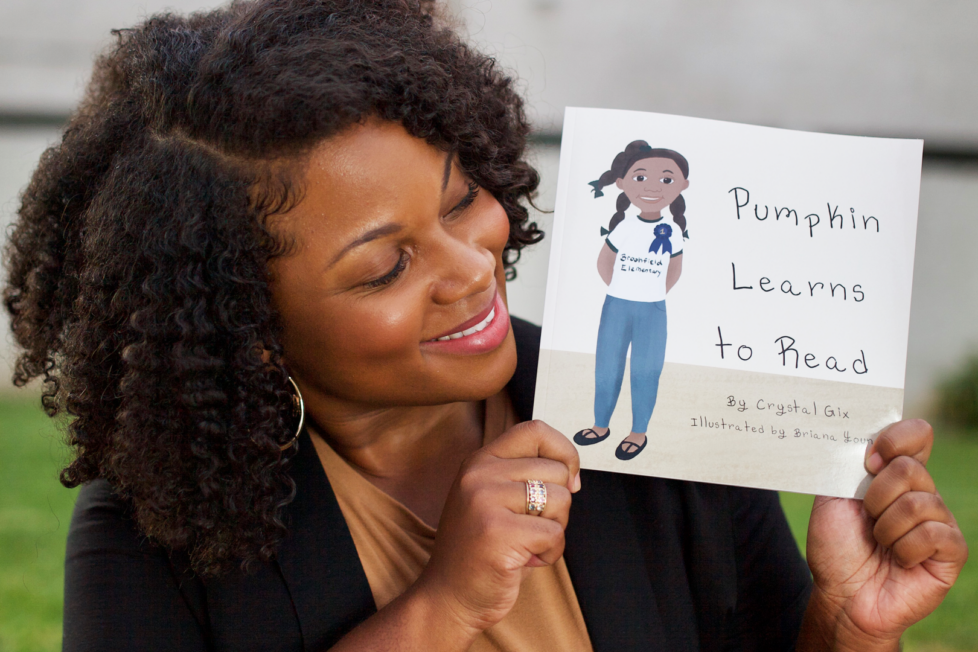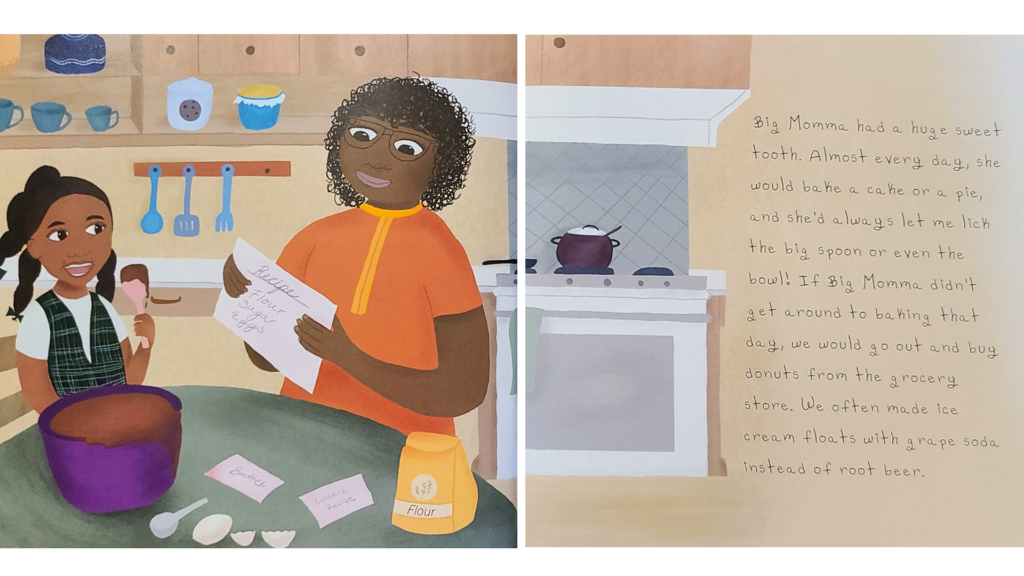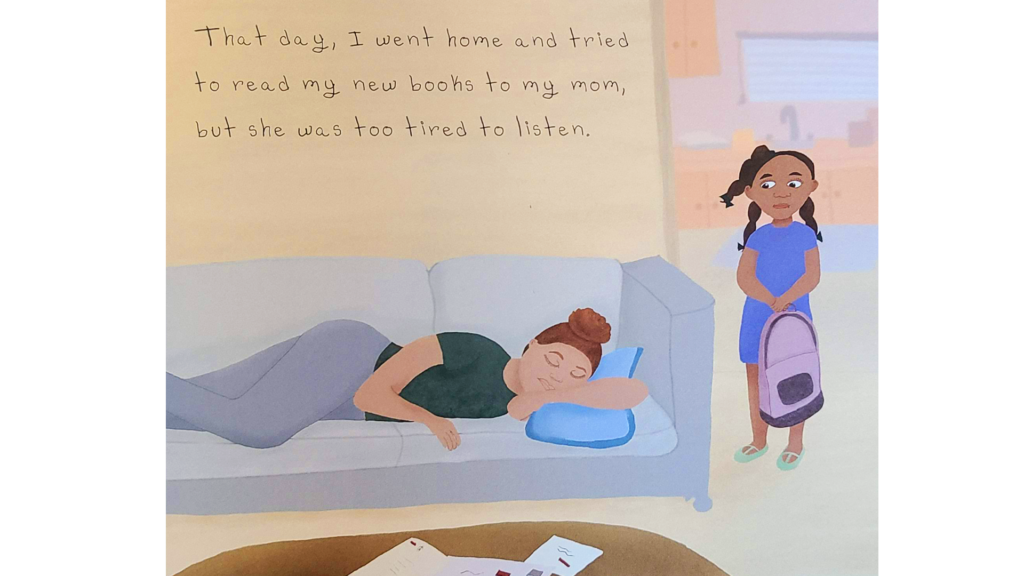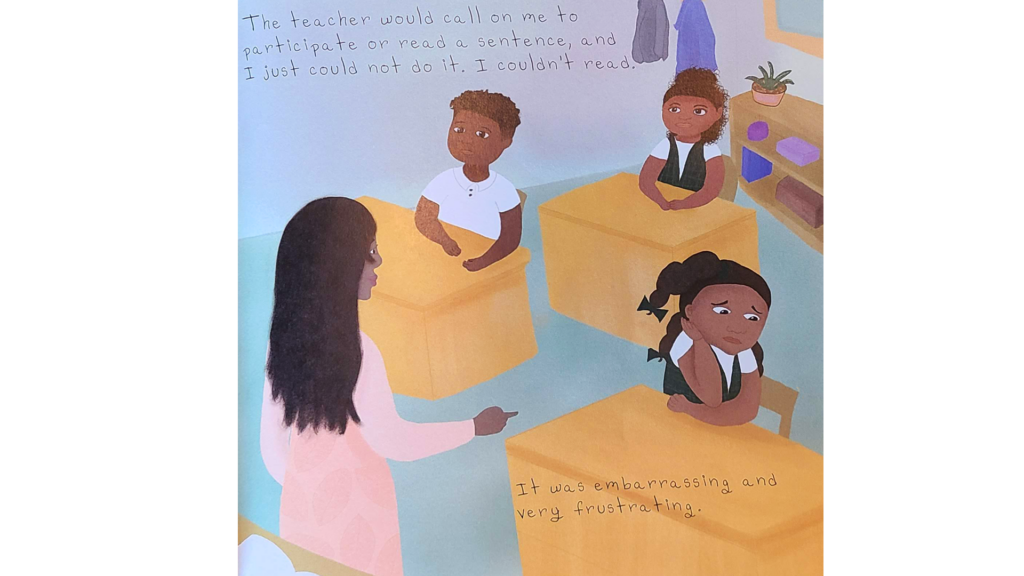‘Pumpkin Learns to Read’ describes a child we all know but often overlook
Crystal Gix praises the power of literacy while speaking to the struggles kids raised in urban neighborhoods face in debut children's book.

Crystal Gix praises the power of literacy while speaking to the struggles kids raised in urban neighborhoods face in debut children's book.

Pumpkin is like many public school children in the United States. She has a loving, hard working family. She is brimming with untapped potential and has the biggest sweet tooth. Unfortunately, like most kids her age, Pumpkin also struggles with literacy.
Or at least, that’s how her story begins.
“Pumpkin Learns to Read” is about a young girl who gains self-confidence after learning how to read and write. The book highlights the importance of literacy, and according to author Crystal Gix, illustrates a common experience that’s rarely seen in children’s books.

Gix, who is a former elementary school teacher, was born and raised in a single-parent home with support from her grandmother in Oakland, Calif. The author has worked in youth development for more than 14 years.
“I am Pumpkin,” Gix said, explaining it’s a family nickname. “The whole story is loosely based on my own experience. It’s not like I crafted the character. It is literally my life from start to finish in elementary.”
The author said she had been sitting on Pumpkin’s story for a while, having written several short film scripts about the joyful pigtailed heroine. It wasn’t until earlier this year — when she found herself with a lot of free time and an unspent stimulus check courtesy of the pandemic shutdowns — that she decided to formally introduce Pumpkin to the world.
The children’s book mostly focuses on Pumpkin’s school life, but the most poignant themes in the story can be found in the girl’s home life.
Gix said she moved a lot during her formative years until about 8 years old. She remembers going back and forth between home and her grandmother’s place, where she was groomed with Southern sensibilities despite being thousands of miles away on the California Coast.

Gix recalled the time spent with her grandmother whose cooking was the talk of the neighborhood. They bonded over sweets — often baking cakes, drinking floats with grape soda and other treats.
She remembers her mother fighting to make ends meet and getting a lot of support from her grandmother. She remembers feeling embarrassed, frustrated and disinterested in school because of her learning struggles.
These are all aspects of the author’s childhood that are mirrored in the book.
Today, non-nuclear families are almost the norm as well as working mothers. On one page, Pumpkin comes home eager to read a new book with her mom but the mother tells her she’s too tired. It hit a sensitive note with her own mother.

Gix wants her book to speak to the latchkey child — kids who are often home without adult supervision afterschool — and the child forced to be more independent because they come from a working-class family. She isn’t trying to discredit these parents’ efforts but acknowledge the ways the children may be overlooked.
Hopefully, Pumpkin’s story will give parents and children a vehicle to discuss these concerns.
Life eventually brought the author to Houston, where she taught at a school in the city’s Sunnyside neighborhood. That’s where Gix met a third grade boy living a more turbulent childhood than her own but just as relatable.
He came from a single-parent home, bounced around from one living situation to the next and struggled with behavioral problems. During meetings with his mother, Gix found out his home life was imbued with domestic drama. These problems ultimately influenced his academic performance, she said.
Gix said she was disappointed to learn the boy earned passing grades the previous year but was held back because of poor attendance and failing to go to summer school.
“He’s a child. He has no control over when or what time he gets to school,” Gix said. “He has no control over how much he’s able to eat, but he had to go through that being embarrassed and teased.”
It all had a deep impact on the boy’s self-esteem and he sometimes described himself as dumb or stupid, Gix said. She would quickly correct him.

“It’s a community; you have your teachers, your instructors, and then you have the parents,” Gix said. “These are the people responsible for helping him navigate through this world at this time in his life. And [the district] didn’t take the time to look closer and see why this child was failing or why he has to repeat.”
Gix also blames the monetization of attendance as well as a lack of resources as serious obstacles for children living in low-income urban neighborhoods.
For Gix, an inability to read on level turned into misery in the classroom including frequent time-outs, rebellion, tantrums and sinking grades.
“It just broke my heart seeing this boy fail,” Gix said. “It just reminded me of how many times I was almost held back for not getting what I needed because the people in my life weren’t in tune with what was going on with me.”
She said it’s his experience that inspired her to pursue Pumpkin’s story.
Just like Gix, Pumpkin’s life takes a pivotal turn when a new teacher pulled her aside to develop her literacy skills one-on-one. It’s that bit of extra attention helps the heroine strengthen her reading ability and boosts her confidence in the classroom.
Pumpkin competes in a citywide math competition, wins spelling bee and the develops a passion for writing. Literacy becomes a skill that radiates through every aspect of her life.
“Kids really do want to learn,” Gix said “They just don’t know it until you show it to them. Some kids need one-on-one time — it’s just are you willing to show them.”
“Pumpkin Learns to Read” is available to purchase now on Amazon for $13.
1 Comment

An entertaining story that connects with everyone in more ways than one. It warms your heart and educates you at the same time.